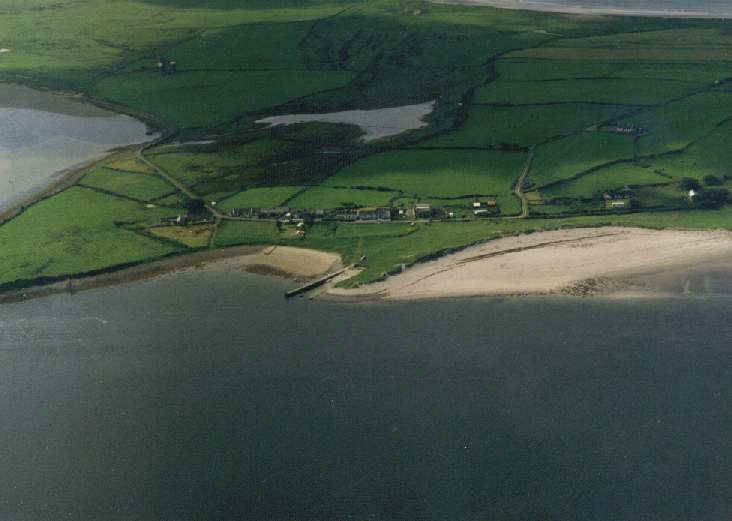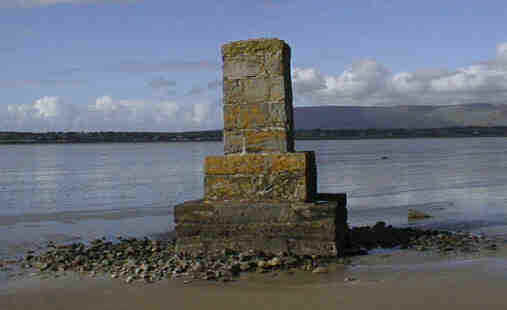 Coney Island, the Island of the Rabbits, is the
largest and the most famous of the three islands off the northern coast of Coolera. In the
late eighteenth and early nineteenth centuries it was also known as Dorran’s Island
after the then owner.
Coney Island, the Island of the Rabbits, is the
largest and the most famous of the three islands off the northern coast of Coolera. In the
late eighteenth and early nineteenth centuries it was also known as Dorran’s Island
after the then owner.
 Coney Island, the Island of the Rabbits, is the
largest and the most famous of the three islands off the northern coast of Coolera. In the
late eighteenth and early nineteenth centuries it was also known as Dorran’s Island
after the then owner.
Coney Island, the Island of the Rabbits, is the
largest and the most famous of the three islands off the northern coast of Coolera. In the
late eighteenth and early nineteenth centuries it was also known as Dorran’s Island
after the then owner.
Coney Island, one a half miles long by a quarter of a mile across and containing 388 acres, is accessible by boat from the pier at Rosses Point, but the most popular route by far is by way off Cummeen Strand when the tide is out.
Drowning fatalities on the Strand were common occurrences in the opening
decades of the last century. William Dorran, joint owner of the Island, was drowned while
returning there in March, 1823, and in August 1844, George Cuffe Martin of Sligo and his
wife both suffered a similar fate. The latter event appears to have influenced the Grand
Jury decision of 1845 to build fourteen stone pillars on the Strand to guide would-be
travellers on the one and a half mile trek from shore to shore.
The pillars were built directly in line with the Lighthouse on the Black Rock so that on dark nights, when they were not visible, travellers would be guided by the flashing light. Fatalities, however, continued to occur. In January, 1890, Martin McGowan and Roger Moffit drowned crossing the Strand at night. The following year the County Council built a roadway on the Strand parallel with the pillars, but as had been the case with a similar undertaking by the Grand Jury almost half a century earlier, it was soon obliterated by sand and tide.
Traditionally, Coney Island has strong Patrician associations, namely St. Patrick’s Well and St. Patrick’s Wishing Chair, while just off the coastline, on Cummeen Strand, stands Dunan Padraig, Patrick’s Little Fort — a small cone-shaped isle that is never covered by water, even on the highest spring tides. St Patrick’s Well, situated in the rabbit warren not far from the "Big House", is said to be always half-full of spring water and never dries or overflows. The Wishing Chair, a large chair-shaped boulder, stands in the centre of a field on the western side of the island.